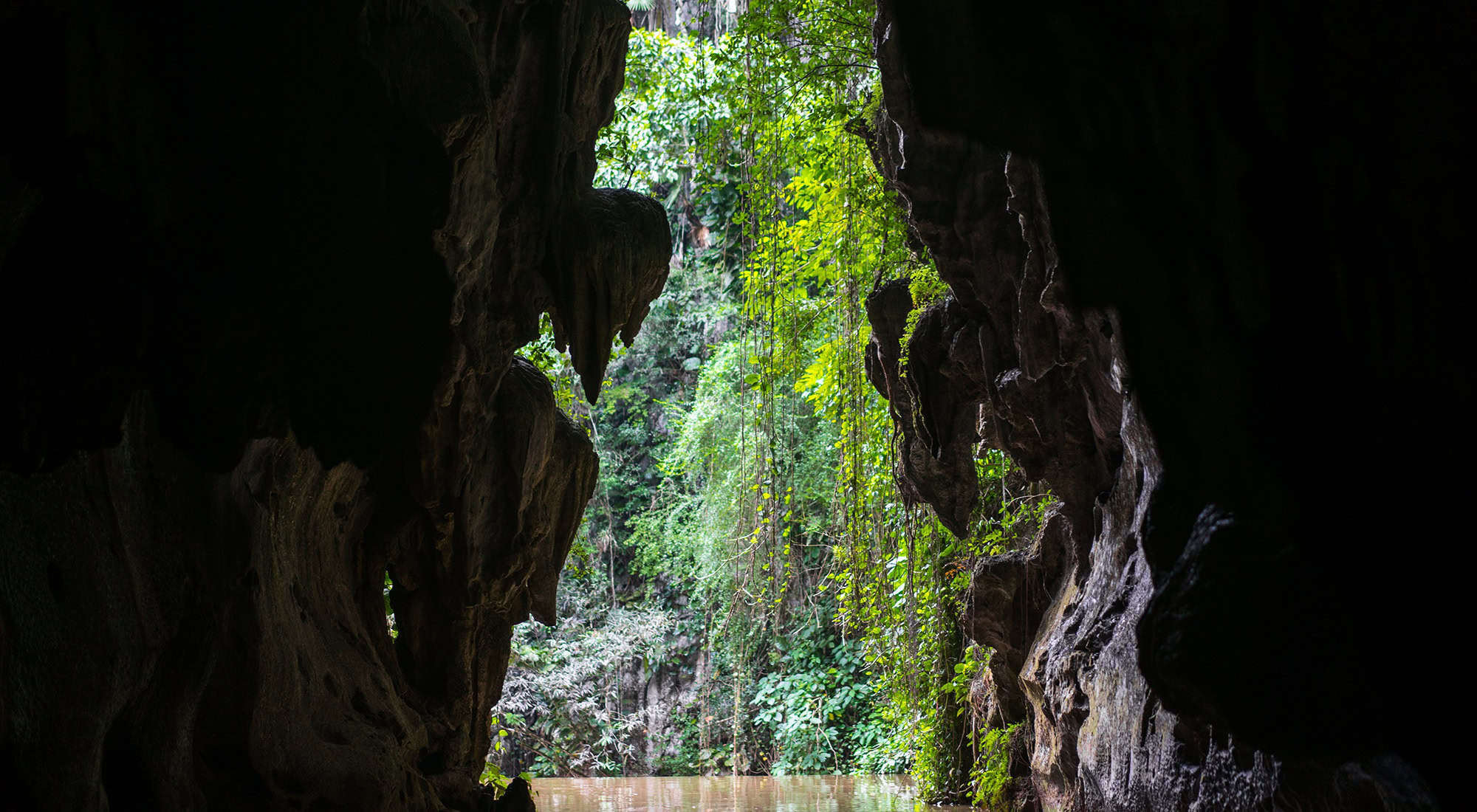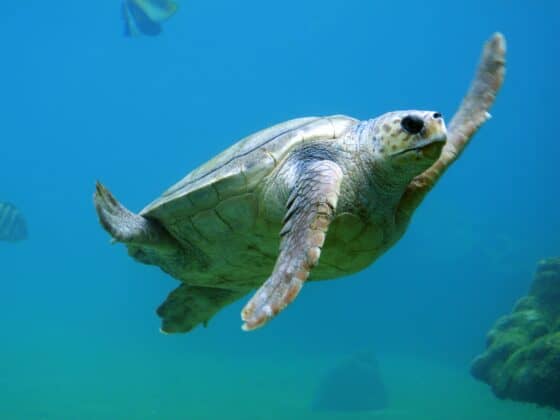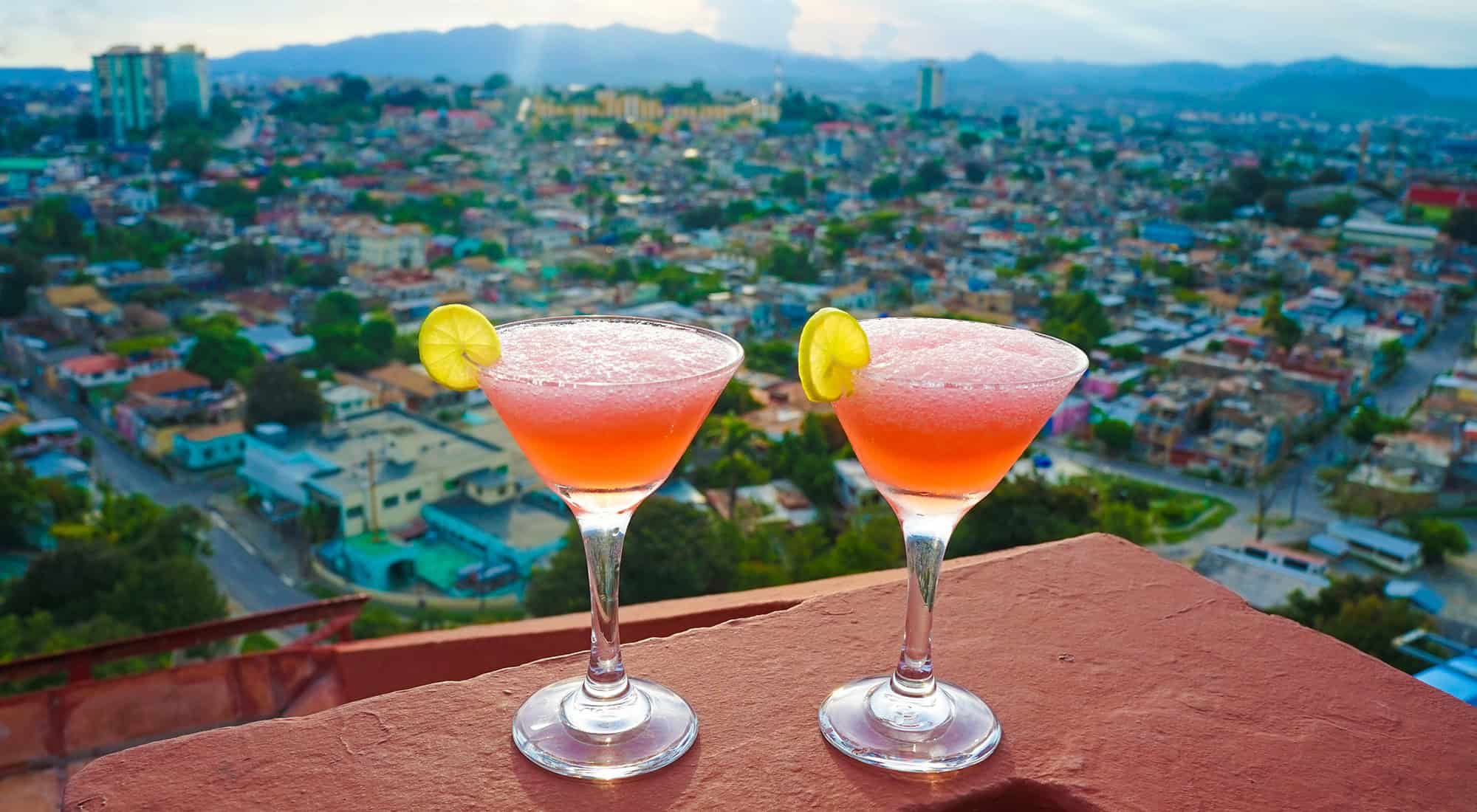Caving
There are huge cave systems in Cuba, some of which are developed tourist attractions. The Santo Tomás and Cueva del Indio caves in Viñales are visited by thousands of people every year, but many others are almost unknown. Amerindian pictographs can be found in some, including Los Generales, Las Mercedes, Indio and Pichardo caves in the Sierra de Cubitas, Camagüey; El Paraíso, Perla de Agua and other caves around Baracoa, and the Cuevas del Punta del Este on the Isla de la Juventud. The largest stalagmite in Cuba can be found in the Cueva Martín Infierno near Trinidad, 67 m high and 40 m at its base. In the Zapata peninsula there are flooded caves, which can be dived, as can Tanques Azules, at Caletones. An adventure park at the Silla de Gibara offers rock climbing, caving, potholing and cave diving, or you can get in touch with the local speleologists to explore underground rivers and caves in the area. In Matanzas province there are some 350 caves, of which about 20 can be visited. The Bellamar caves receive hundreds of visitors daily, while the Saturno caverns have underwater tunnels suitable for trained cave divers.
Climbing
Climbing is still in its infancy in Cuba and has not, so far, been hijacked by state tour companies with organized excursions. However, you can’t go off and climb wherever you want, as access to national parks is restricted. Climbing in the Sierra Maestra, for example, is effectively out of bounds. Climbing is also prohibited in the Valle de Viñales, even though this is the best destination in the country, thanks to the mogotes, which are a magnet for climbers. Life can be made very difficult for Cuban climbers who contravene regulations − several have even left the country − but the local authorities often turn a blind eye or issue warnings to foreign climbers; no foreigner has yet been prosecuted. Climbing gear is in short supply in Cuba, so take everything you need and more to donate to local climbers.
Cycling
Bicycles became the only reliable form of transport during the petrol shortages of the Special Period and they remain a common sight in both cities and rural areas. For active visitors, cycling is an increasingly popular way of exploring the country, because you can set off where and when you please. Beyond the cities, quiet roads wind through flat or rolling countryside, where the majestic Royal palm towers over farmers’ thatched cottages (bohíos) and oxen are still used to work the fields. If you do not have the time to cycle the length and breadth of the island, you can always put your bike on the train (if it is running) or on a domestic flight.
In Havana, you can cruise the cycle lane along the Malecón with the salt spray in your face and a bright yellow cocotaxi at your side. To get out to the beaches east of Havana, ride with your bike on the ciclobus through the tunnel under the harbour before picking up the Vía Blanca. For a multi-day trip to the Western Sierras, head out along Salvador Allende and Avenida Rancho Boyeros past the airport to San Antonio de los Baños and the next day to Viñales. Side trips can be made in the Sierra del Rosario, with some demanding hill climbs.
From Santa Clara you can cycle to Trinidad (88 km) via Manicaragua and Condado, head west along the coast road to Guajimico (44 km), Cienfuegos (43 km) and inland to Hanabanilla (51 km) via Cumanajagua. There is a steep 7-km climb to the Hanabanilla lake. Return to Santa Clara (47 km) via La Moza and Manicaragua, giving you some steep hills.
Test yourself and your bike in the mountains of the Sierra Maestra. Leave Santiago, heading west along Avenida las Américas, and cycle to El Saltón (87 km) via El Cobre. Then to Bayamo (67 km), Manzanillo (93 km), Punta Piedra (99 km), Chivirico (100 km) and return to Santiago (68 km). This takes in the mountains and the outstanding coast road squeezed between the mountains and the Caribbean.
If you don’t want to go it alone there are many organized group tours, although you will need to bring your own bike. You may also be able to join a group of Cuban bikers (mostly English-speaking) through the Club Nacional de Cicloturismo Gran Caribe (National Bike Club), or one of the regional clubs, such as the Club de Cicloturismo Comandante Che Guevara in the west. They run tours of one to 28 days in all parts of the country, some with political themes. Most tours offer a fully supported programme and have a dedicated back-up team including tour leader, mechanic and support vehicle. Even better, luggage is carried for you while you cycle. The Cuba Solidarity Campaign, runs an annual sponsored bike ride in western Cuba and delivers consignments of medical aid to a Havana Policlínico (local medical centre).
Fishing
Cuba has been a fisherman’s mecca for decades, not only for its deep-sea fishing, popularized by Ernest Hemingway, but also for its freshwater fishing in the many lakes and reservoirs spread around the island.
Freshwater fishing Freshwater fishing is mostly for the large-mouth bass (trucha), which grows to a great size in the Cuban lakes. The main places are: Maspotón in Pinar del Río, where you can fish in both La Juventud reservoir and in the mouth of the Río Los Palacios or Río Carraguao; Laguna del Tesoro in the Ciénaga de Zapata, where there is a wide variety of fish; Presa Alacranes in Villa Clara province, which is the second-largest reservoir in the country; Presa Zaza, in Sancti Spíritus, the largest artificial lake in Cuba, where the record catch of trucha is 16.5 lbs; Lago La Redonda, near Morón in Ciego de Avila province, and in the province of Camagüey on the Porvenir, Muñoz and Mañana de Santa Ana dams. Equipment can be hired, but serious fishermen will prefer to bring their own, plus a large quantity of insect repellent. Freshwater fishing is allowed all year round.
Deep-sea fishing This can be organized at marinas around the island, although most of the tournaments and the best facilities are at the Marina Hemingway, just west of Havana. Marlin, swordfish, tarpon, sawfish, yellowfin tuna, dorado, wahoo, shark and a host of others are all caught here. Varadero is a good point from which to take advantage of the Gulf Stream, which flows between Key West in Florida and Cuba, but records have been broken all along the northern coast in the cays of the Archipiélago de Sabana and the Archipiélago de Camagüey. There is also good fishing off the south coast round the Isla de la Juventud and Cayo Largo.
Bonefishing This is excellent off the south coast in the Archipiélago de los Jardines de la Reina, or off Cayo Largo. It is also increasingly popular at Las Salinas, the salt flats on the Zapata peninsula, previously a protected area, but recently opened to fly fishermen. Still tightly controlled, with only six anglers allowed into the national park at any one time, you have your own personal guide and a flat-bottomed skiff to take you through the many channels to the shallow lagoons, where you can wade or fish from the boat. Flats species include bonefish, permit, jack crevalle and barracuda.
Hiking
The highest peaks are in the Sierra Maestra in the east, where there are also many historical landmarks associated with the Wars of Independence and the Revolution. A three-day walk will take you from Alto del Naranjo up the island’s highest peak, Pico Turquino, and down to the Caribbean coast at Las Cuevas, giving you fantastic views of the mountains and the coastline. The Sierra del Escambray in the centre of the island is conveniently located just north of Trinidad, and has some lovely trails in the hills, beside rivers, waterfalls and caves. The mountains of the west of the island, the Sierra del Rosario and the Sierra de los Organos, have some of the most unusual geological features, as well as a wide variety of flora and very rewarding birdwatching.
The first months of the year are the best for walking, as they are drier and cooler. However, temperature varies with altitude: the higher you get in the Sierra Maestra, the cooler it will become, so take appropriate clothing. Also remember that in the rainforest there are few days when it does not rain, so expect to get wet. The months from August to November are the wettest, when the risk of hurricanes or tropical storms increases, but you can still encounter days when there is plenty of sunshine. At all times of year, it is best to start early, before it gets too hot. Always carry plenty of drinking water, some food, a hat and suntan lotion. Good footwear is essential and a walking stick is extremely useful on hilly forest trails. Good largescale maps are non-existent so you are advised to take a guide when embarking on long walks. Not only will this prevent you getting lost, but you will learn a lot more about your surroundings, as many of the guides are professional botanists or ornithologists. If you are walking in national parks a guide is compulsory.
Scuba-diving
The majority of Cuba’s coral reefs are alive and healthy and teeming with assorted marine life. There are believed to be some 900 species of fish, 1400 species of mollusc, 60 species of coral, 1100 species of crustacean, 67 species of shark and ray and four types of sea turtle around the island, as well as the manatee. Much of it is protected.
There are three main marine platforms: the Archipiélago del Rey, the Archipiélago de la Reina and the Archipiélago de los Canarreos. The main dive areas are Isla de la Juventud, Varadero, Faro de Luna, María La Gorda, Cayo Levisa, Guardalavaca, Playa Santa Lucía and close to Santiago de Cuba. Most offer a variety of diving, including reefs and walls and an assortment of wrecks, from the remains of ancient Spanish ships to many modern vessels intentionally sunk as dive sites.
All dive shops are government-owned. Most staff speak Spanish, English and often German, Italian or French. Diving is usually done as part of an all-inclusive package, although dives can be booked direct with dive shops for around CUC$35-40, including all equipment. Most companies use European dive gear. Goodquality, basic rental gear is available, but if you use your own you should be prepared to bring all your spares and replacement parts with you (batteries, regulator mouthpiece, photographic equipment, etc), as these are not usually available. The south of the island suffers from agua mala, or ‘bad water’ in the summer months, when the sea is full of tiny jellyfish which will sting exposed skin so wear a tropical hood to protect the neck and face in jellyfish season. Dives can sometimes be delayed for a variety of reasons, so patience is needed. The authorities are very concerned about security, as boats have been ‘borrowed’ in the past for a quick getaway to Florida.










